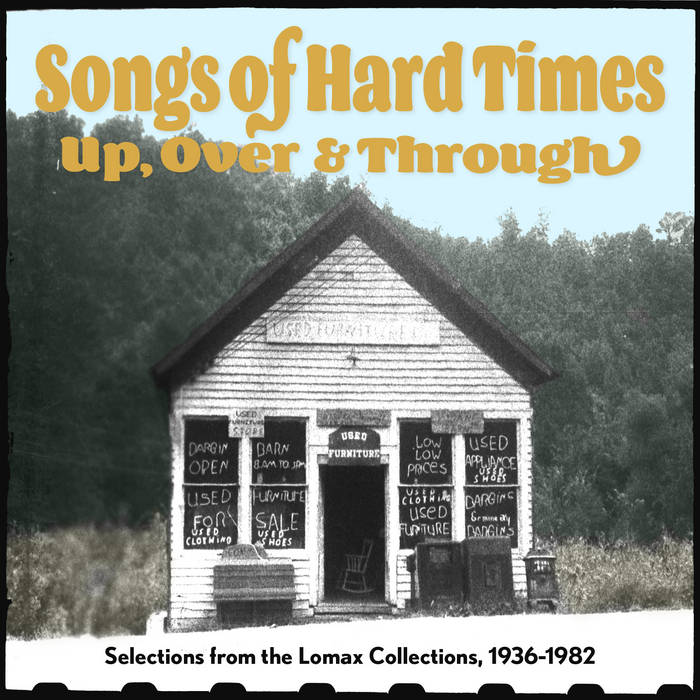So, you’ve had to put off a trip to Paris, and a long-awaited visit to the Louvre, which “will remain closed until further notice,” has been pushed into the indefinite horizon. It could be worse, but the loss of engaging up close with cultural treasures is something we should all grieve in lockdown. Art is so important to human well-being that UK Secretary of Health Matt Hancock argued all doctors in the NHS should prescribe gallery visits and other art activities for everything from mental issues to lung diseases.
As you know from planning your trip (ideally several trips) to the famous museum—first opened to the public in 1793 on the first anniversary of Louis XVI’s imprisonment—you can luxuriate in art for days on end once there, provided you can evade the massive crowds.
The Louvre is immense, with 60,500 square meters of floor space and around 35,000 paintings, sculptures, and other artifacts. But with roughly 10 million visitors per year, who make it the world’s most visited museum, it isn’t easy to find space for contemplation.
Video visits are no substitute, but these days they’re the best we’ve got. If you’re eager to see what you’re missing—or what you could never get to in person even without a pandemic—take a look at the 4K virtual tours here from Wanderlust Travel Videos. Yes, you’ll see the heroic masterworks of Jacques-Louis David, Eugene Delacroix, and Théodore Géricault. You’ll see the famous glass pyramid, the treasures of Napoleon’s Apartments, and, yes, the Mona Lisa.
But you’ll also see hundreds and hundreds of works that don’t get the same kind of press, each one named in a timestamped list on the YouTube pages. The experience is admittedly like visiting the museum in person, rushing through each gallery, peering over and around the backs of heads to get a glimpse of the Fra Filippo Lippis, Cimabues, and Mantegnas. But you can mute the constant background chatter and pause and rewind as much as you like.
After touring a good bit of the museum, stroll around the Carrousel Arc de Triomphe, Jardin de l’infante, and the Pont Neuf, above. Judging by the comments, these videos are proving a balm to the psyches of homebound art lovers around the world, whether they’ve been to the Louvre before, just scrapped their travel plans, or know they’ll probably never get the chance to visit.
The virtual opportunity to tour this magnificent collection, or part of it, may refresh our exhausted imaginations. It may also soothe the part of us that really misses huge crowds of people all talking at once. Something about the experience, even on the screen, feels so strangely compelling right now you might find yourself hoping if and when you finally get to the Louvre, it’s simply mobbed.
Related Content:
Mona Lisa Selfie: A Montage of Social Media Photos Taken at the Louvre and Put on Instagram
Take a Virtual Tour of 30 World-Class Museums & Safely Visit 2 Million Works of Fine Art
Visit The Museum of Online Museums (MoOM): A Mega Collection of 220 Online Exhibitions
Josh Jones is a writer and musician based in Durham, NC. Follow him at @jdmagness





